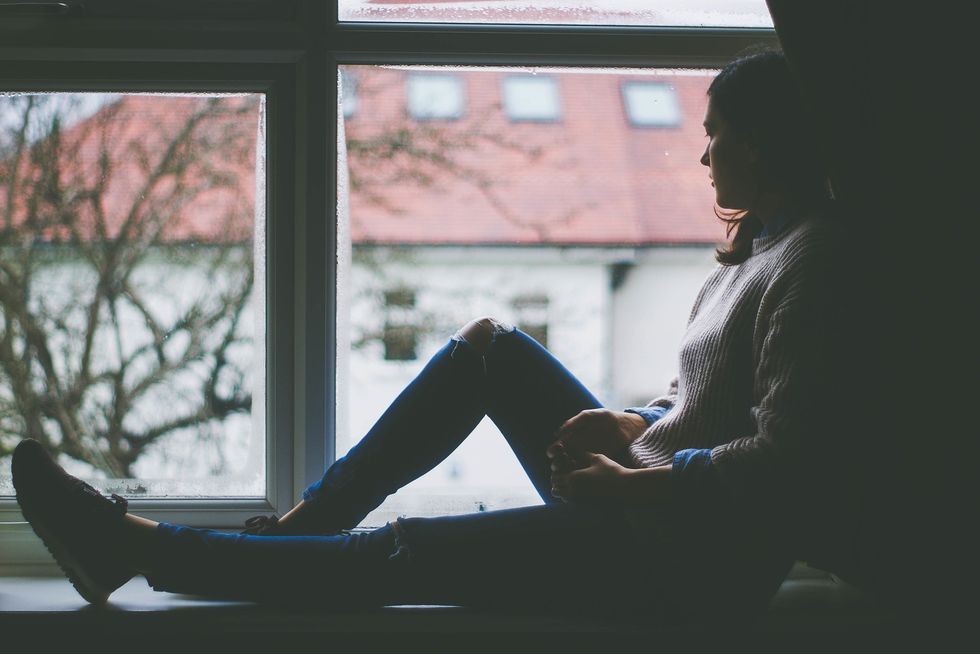Temperatures have dropped below freezing, mounds of black snow line the sidewalks, and all the pretty lights put up a month ago have vanished. That's right folks; it's January!
Given the gloomy weather and lack of activity, it comes as no surprise that post-holiday January is considered one of the most depressing times of the year. Only a month ago it was the "happiest season of all," but after all the gifts were given and the families (finally) returned home, the anticipation and warmth associated with the early winter months left. And then we were forced to return to school and work. It's a depressing combination, to say the least.
The "winter blues" aren't just a colloquialism -- for about five percent of Americans who suffer from Seasonal Affective Disorder (SAD), the months of December, January, February, and March can mean severe depression. The disorder, more commonly found among women, is believed to be caused by changing circadian rhythms, a result of shorter days, and/or melatonin imbalances in the brain.
It's worth noting that SAD is rare, and though most people do not experience such severe depression in the winter, no one is completely immune to seasonal sadness. In fact, the third Monday of January, dubbed "Blue Monday," is commonly referred to as the saddest day of the year. The concept was first introduced in 2005 by public relations firm Sky Travel and backed by Dr. Cliff Arnall, a former tutor at Cardiff University in Britain. The date is formulated by a combination of factors that affect seasonal depression, like post-holiday debt, bad weather conditions, and low motivation to act on New Year's resolutions.
Although "Blue Monday" has no scientific standing and is usually used as an advertising ploy, the idea that January owns the most miserable day of the year doesn't sound too far from the truth. But it doesn't have to be so gloomy -- there are multiple ways to ease seasonal depression. One of the most popular of these, light therapy, involves sitting a few feet from a light box right after waking up each day. The light box mimics the natural sunlight so often lacking during winter and is thought to act as a mood-booster.
Yes, winter may be a particularly terrible time, but all this isn't to say that it's the only melancholy season. Those who suffer from depression show symptoms no matter what the weather. It's important that we make our mental health a priority all the time, not just during these few somber months. 'Tis always the season for self-care.











